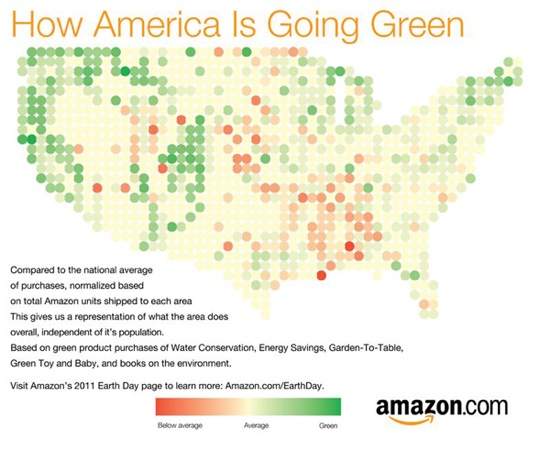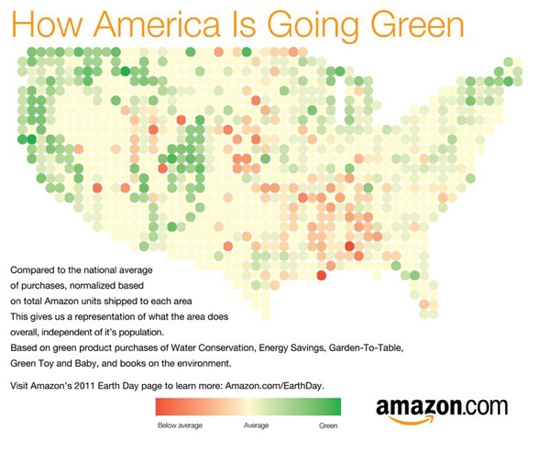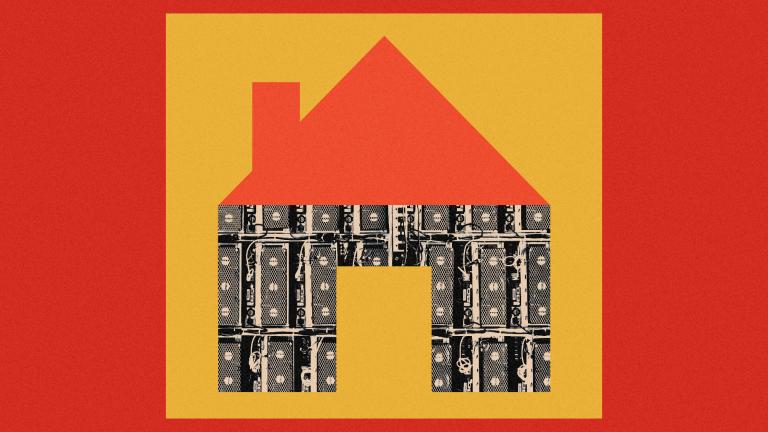The 10 acre roof of the new Boeing 787 airplane factory in North Charleston, South Carolina will be covered with enough thin-film solar panels to provide a fifth of the plant's power. The rest will come from a nearby biomass facility, which will be powered by shrub and tree waste.
The key to keeping costs under control for the project is the unique nature of thin film solar panels — the vinyl siding of the solar world — which are a plastic laminate and are much cheaper than the traditional "crystalline" solar panels most of us think of when we think of solar power. Thin film isn't as efficient as crystalline panels, but its reduced cost makes it possible to install much, much more of it. If you happen to have, say, a giant roof just crying out for solar tiling, that works out.
The plant will also be a "zero waste" facility, which means it won't send anything to the landfill, an increasingly common practice among companies that recognize that eliminating waste is also good for their bottom line.
Boeing has also pledged to take care of its planes in their afterlife, by recycling the composites that make up most of the plane.
While Boeing is to be applauded for taking some pretty radical steps toward making its 787s sustainable, the irony the company can't get around is the enormous carbon footprint of the airline industry. But if there’s anything cooler than going green, it’s irony.




